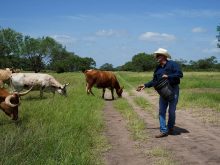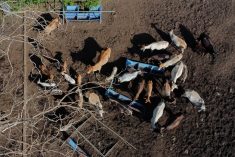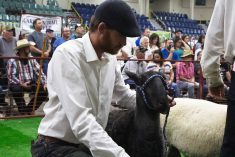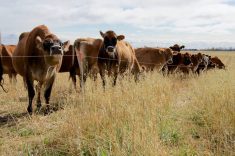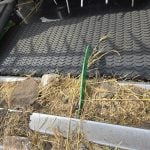OSOYOOS, B.C. – Faye Street leapt out of bed one night in the early morning hours, grabbed a shotgun and still in her nightgown, jumped on her all-terrain vehicle.
Her mission: chase 150 elk out of her hay fields before they chewed the crop to the ground.
Her scare tactic didn’t work well because the frightened elk crashed through fences, causing costly damage on the southeastern British Columbia ranch in the Cranbrook area that she runs with husband Steve.
Such experiences encouraged the Streets to participate in a wild ungulate control program administered through the Kootenay Livestock Association.
Read Also
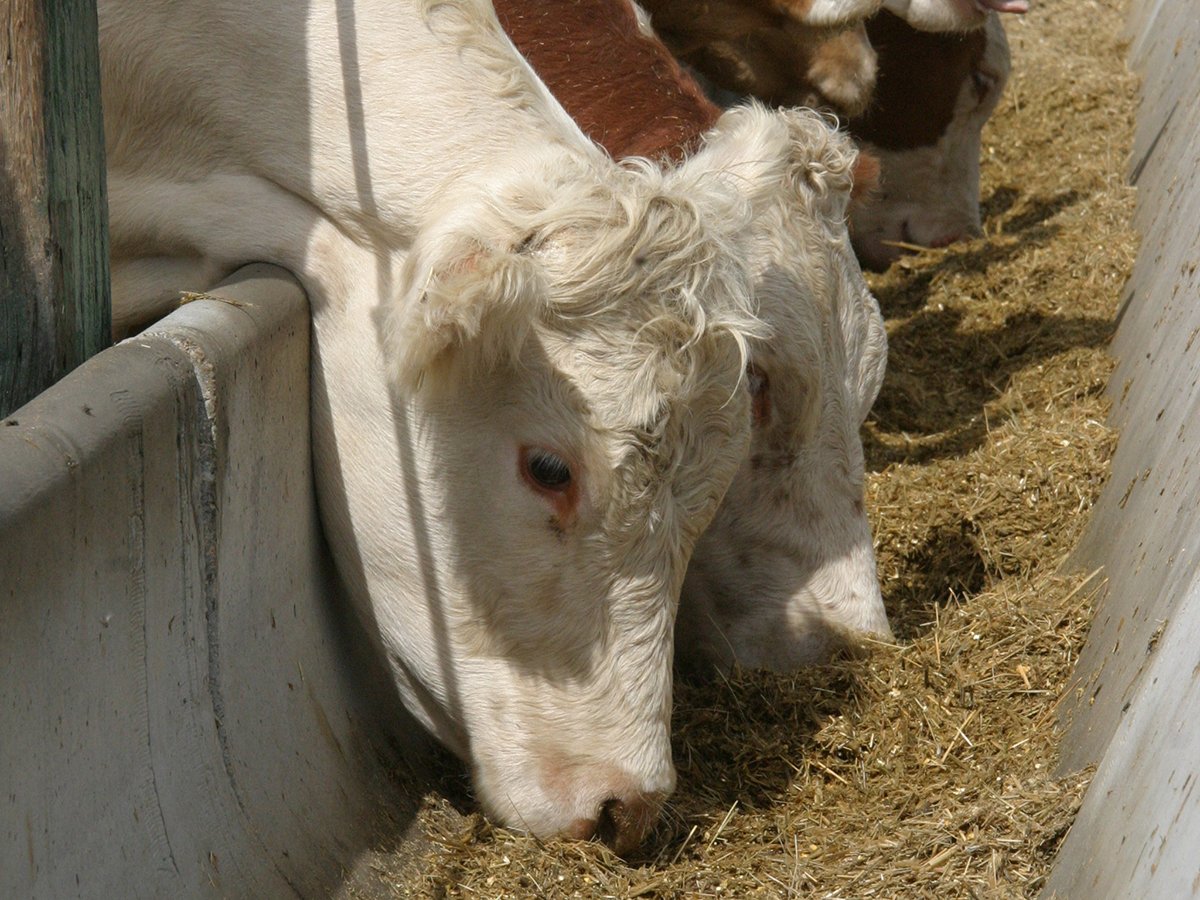
Alberta cattle loan guarantee program gets 50 per cent increase
Alberta government comes to aid of beef industry with 50 per cent increase to loan guarantee program to help producers.
Called the East Kootenay Agriculture Wildlife Project, the three-year provincially supported pilot program helped ranchers fence in their property and claim compensation for damages from marauding deer and elk.
“Our three-year pilot project has been hugely successful and we have saved a lot of ranchers in that valley,” she said.
Deer and elk have been troublesome in the region for many years, causing major forage losses and fence damage. Past programs did not work well.
The new program contributed a third of the cost to a maximum of $25,000 for approved projects to keep out wildlife, such as fencing.
Ranchers protected 10,277 acres of land and installed 246 kilometres of woven wire and smooth electric wire fences.
Fences were inspected to ensure they met B.C. fencing standards.
The province paid $877,000 and producers contributed $1.77 million to the two-part program.
There were 77 compensation claims between 2002 and 2004 with 11,099 tons of verified feed losses. Compensation paid for 80 percent of damage, which included lost haystacks, overgrazed pastures and broken fences.
Street told the B.C. Cattlemen’s Association annual meeting held in Osoyoos May 27 that compensation is likely to be phased out within two years because taxpayers should not have to keep paying if no preventive measures are taken.




